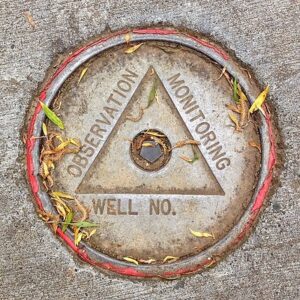Last year, New Mexico governor Michelle Lujan Grisham unveiled her plan to provide free college tuition to New Mexico high school graduates. Through the legislative process, a newly funded plan has emerged. It is not as broad as Lujan Grisham had envisioned. However, the New Mexico Opportunity Scholarship now offers community college tuition to eligible participants.
The program cost- $17M – was whittled down to $10M following adjustments to the state budget due to COVID-19. Also pared down was the scope of the program, which now offers support for community college studies.
Legislators want to see how the program works for two-year students before considering an expansion to four-year degree-seekers. State data show that residents who earn two-year degrees are more likely to remain in New Mexico. If fully implemented to include four-year degrees, the program could cost New Mexico as much as $50M per year.
Middle dollar programs for community college funding
One interesting element of the program is that the Opportunity Scholarship is a “middle-dollar” grant. So-called “first-dollar” programs pay for the cost of attendance for any qualified applicant, regardless of financial need. On the opposite end of the spectrum, “last dollar” programs use federal financial aid dollars first, and supply students with funding for any remaining, unpaid school expenses.
The “middle dollar” program applies other state aid and scholarships to students’ accounts first, then applies the Opportunity Scholarship to cover remaining costs. This approach preserves important federal financial aid – like Pell Grants – for other expenses, like books, housing and food. Studies have shown that tuition and fees aren’t the primary barrier to enrolling for low-income students. Instead, other expenses – like ordinary living costs, transportation, and childcare – make it difficult for students to remain in school. For some students, using Pell Grant funding last checks another important box, since program rules limit the number of semesters of eligibility. Students who want to attend four-year universities may be able to conserve their Pell Grant funding for more expensive university tuition.
By applying Opportunity Scholarship funds in the middle position, students can spend remaining federal grants on these hard-to-cover costs. For New Mexico’s students, that’s a big win. Only about 15% of the state’s higher education students are not eligible for Pell Grants. In other words, most New Mexico students meet the income guidelines for federal grant assistance. In the program’s first year, more than 4,200 students received aid under the program at a cost to the state of about $3M.
Creative, careful universal financing of two-year degree programs can benefit both the state and its eligible residents. It may also be the best way to enfranchise a state’s lowest-income residents.
Photo Credit: Don Barrett, via Flickr





























